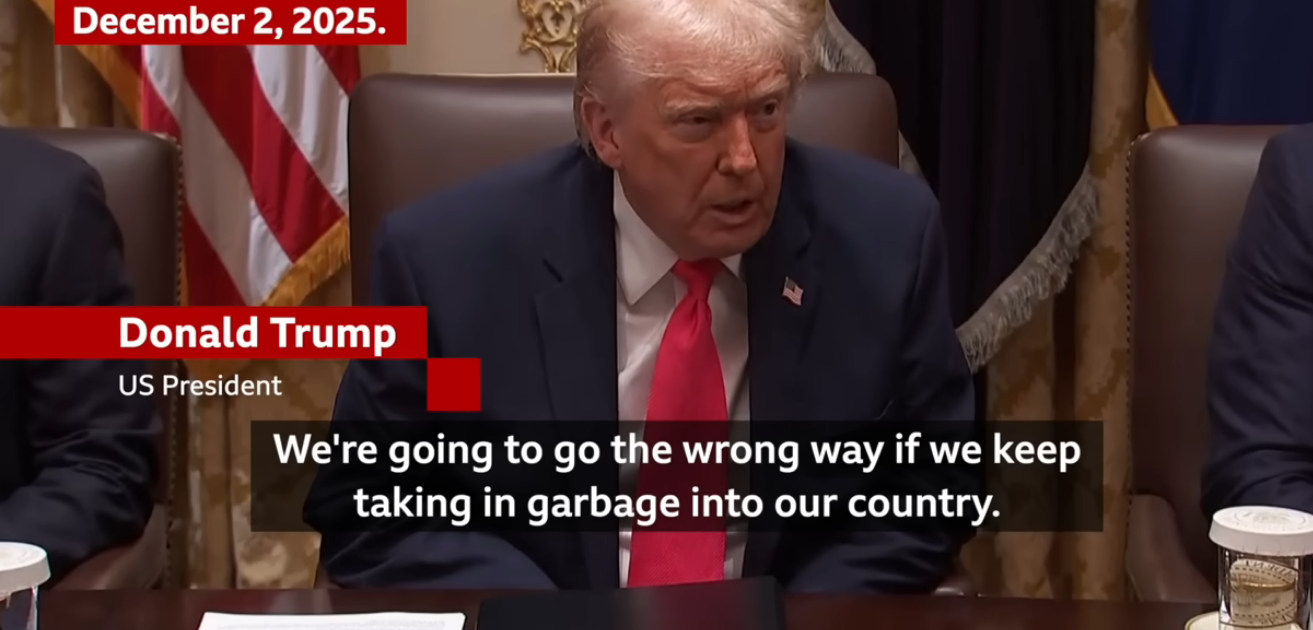Photos: YouTube\Boston University\Fibonacci Blue
Once the Democrats come to an agreement on infrastructure legislation, the Black political class in Washington should be vigilant. That’s because what happens next is the distribution of funds by the Biden Administration.
The Congressional Black Caucus must understand that the vast infrastructure programs represent a rare chance to invest in the sagging economy of the Black community – and to compensate for centuries of disinvestment.
After the signing ceremony, the legislation devolves into a process of contract awards and program adjustments that takes place behind closed doors. It becomes a ritual of deal-making akin to a “Grand Bazaar,” according to the late journalist William Greider in “Who Will Tell the People: The Betrayal of American Democracy.”
Greider cautioned in the 1992 political study that “the complexity and diffusion of decision-making points in the federal government have multiplied the opportunities for irregular intervention and bargaining on behalf of interested parties.”
This means that weaker groups will be cut out of the picture unless they are ready to compete for funds. No group in the Democratic coalition is as vulnerable as Black workers, according to indicators of employment and income, among others. They are in the most fragile of positions – yet constitute the most reliable supporters of the party. This essay calls on the Congressional Black Caucus to advocate for the funds to prioritize the endangered Black labor force.
While scholars of urban poverty differ over the root causes, they tend to agree on two elements with profound impacts: the structural shifts in the industrial economy and the inadequate education and training of the labor force and business class.
The infrastructure bills have the potential to address both problems – yet nothing will be done without advocacy for provisions to dedicate the infrastructure spending to “build back better” the Black labor force.
First, many studies have explored the dilemma of “inadequate human capital” in the Black workforce. The condition is the legacy of slavery and Jim Crow segregation. Now, according to the McKinsey Report, “Automation and the future of the African-American Workforce,” automation threatens to eliminate the occupations where Blacks are overrepresented.
“As the effects of automation play out,” the 2018 think-tank report warned, “African Americans are especially vulnerable.” In a 2019 study, “The Future of Work in Black America,” McKinsey recommended corporate and government interventions to “help stem the challenges automation poses to African Americans.” Among the interventions proposed were training for “middle-skill” occupations and higher education for the growth industries.
Clearly, the infrastructure programs have the need and the funds to invest in such interventions. For example, the $1 trillion bipartisan plan has designated money for roads, bridges, internet, drinking water, mass transit, clean energy vehicles, and power generation. Harry Holzer, a Georgetown University professor of public policy, argued in The Hill that the bill will require hundreds of thousands of skilled workers. Yet, who will do the work and how will they be trained?
Second, the poverty of the Black ghettos is the result of industrial disinvestment carried out under corporate and government policies. Urban sociologist William Julius Wilson studied the effects in pioneer works like the 1996 “When Work Disappears: The World of the New Urban Poor.” Since then, his insights have been reinforced by many organizations such as The Federal Reserve Bank of St. Louis – its 2010 report, “Economic Progress of African Americans in Urban Areas: A Tale of 14 Cities,” spotlighted the unprecedented challenges for Black male workers in the “Rust Belt.”
Clearly, the $1 trillion physical infrastructure bill could help revive industry in the ghettos – but so could the “social infrastructure” bill that ignited so much debate in Congress. Democrats proposed investments in subsidies for working women and clean energy production. Yet, the legislation also contained provisions for school buildings, affordable housing, public housing, clean energy manufacturing, and auto supply chain repatriation.
Many of the designated purposes could be targeted to investments in the Black ghettos. The Congressional Black Caucus must raise its voice to demand a fair deal from the party and Biden Administration. The NYC Black congressional delegation has a responsibility to push the CBC in this direction.
In addition, Eric Adams, the likely next mayor of New York City, has a role to play as well. The infrastructure programs could easily be targeted to invest in clean energy production like battery plants and auto supply chain workshops in Brooklyn, Queens, and the Bronx. It might even find bipartisan support to dovetail projects with Republican proposals for urban “opportunity zones?”
In closing, the literature on the state of the Black economy makes the case for priority attention in the infrastructure spending to come. It can constitute a downpayment on Reparations for the 21st century.
Roger House is an associate professor of American studies at Emerson College in Boston and author of “Blue Smoke: The Recorded Journey of Big Bill Broonzy.”





